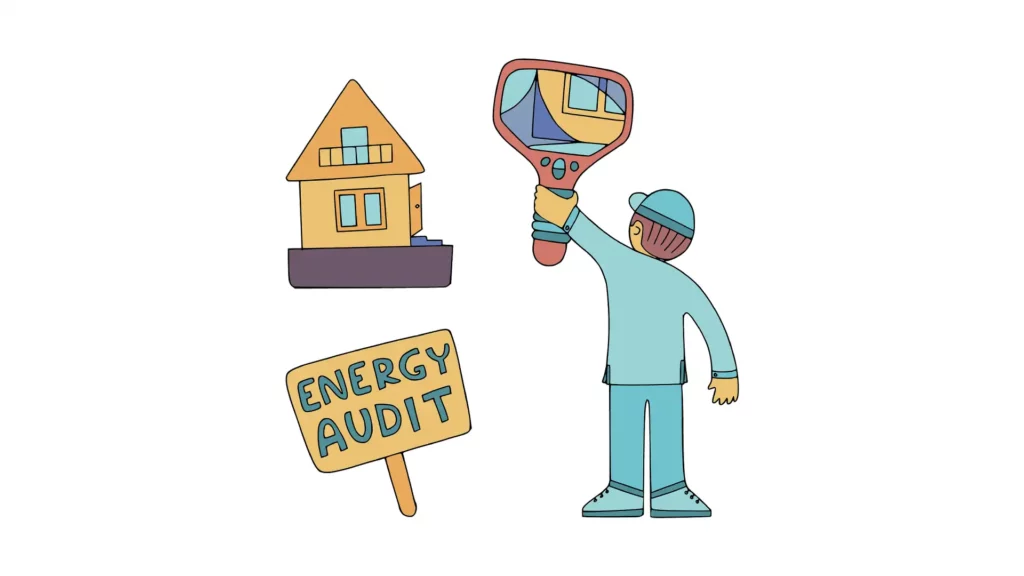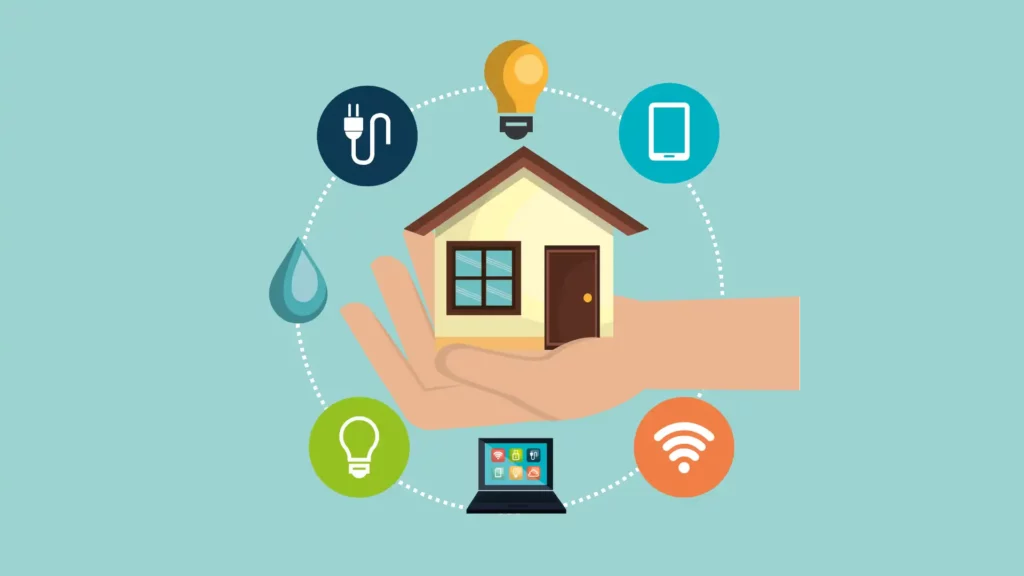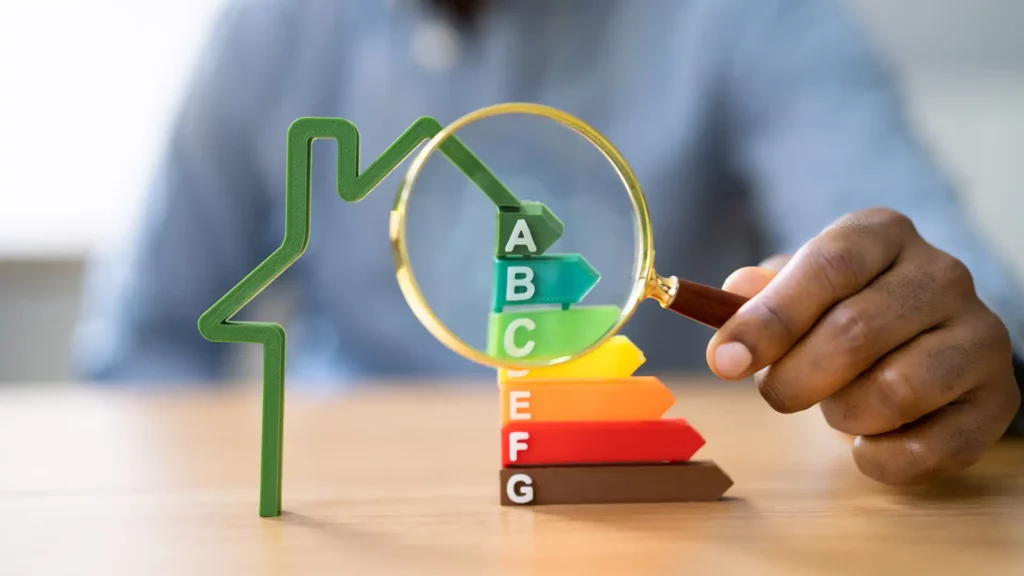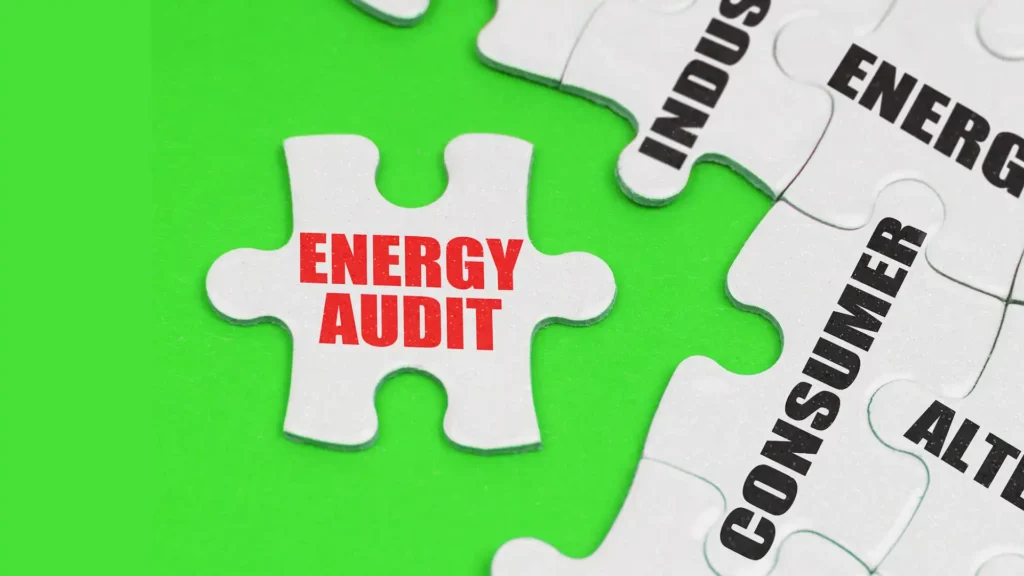In today's world, energy efficiency is more than a buzzword; it's a necessary step towards reducing environmental impact and saving on costs.
This guide is dedicated to exploring What is Energy Audit and Its Types, a topic that has gained significant importance in both the residential and commercial sectors.
This comprehensive analysis aims to not only define the concept but also delve into its various types, benefits, and implementation strategies.
What is Energy Audit and Its Types?
At the heart of energy conservation efforts lies the question: What is Energy Audit and Its Types? An energy audit is a systematic process of evaluating the energy consumption of a building or facility to identify opportunities for improvement, optimization, and cost reduction.
Understanding the Meaning of Energy Audits
Energy audits are pivotal in understanding energy consumption patterns, equipment efficiency, and building infrastructure, thereby uncovering areas for improvement.
They provide a systematic approach to analyzing energy usage, and promoting energy conservation and sustainability.
The meaning of energy audits lies in their ability to identify inefficiencies and drive positive change, empowering organizations to make informed decisions toward energy efficiency and a sustainable future.

Types of Energy Auditing: Exploring Variants for Comprehensive Analysis
Energy auditing encompasses a variety of approaches tailored to the specific needs and complexities of different environments.
Understanding the various types of energy auditing is essential for selecting the most appropriate method to achieve desired outcomes.
Let's delve into four distinct types of energy auditing methodologies:
- Walk-Through Audits: Also known as preliminary audits, walk-through audits involve a brief inspection of a facility to identify low-cost or no-cost energy-saving measures. While these audits offer a quick overview of energy usage, they lack the depth of analysis provided by more comprehensive audits.
- Standard Audits: Standard audits involve a more detailed assessment of energy consumption, equipment performance, and building envelope efficiency. They typically include a review of utility bills, on-site measurements, and interviews with facility personnel to gather data for analysis.
- Detailed (Comprehensive) Audits: Detailed audits are the most thorough type of energy audit, involving comprehensive data collection, analysis, and modeling to assess energy usage and identify potential efficiency improvements. These audits may include advanced techniques such as infrared thermography, blower door tests, and computer simulations to pinpoint energy losses and optimization opportunities.

Maximizing Benefits Through Targeted Energy Audits
Targeted energy audits focus on finding specific ways to save energy in a facility or process.
By examining specific systems and practices, they provide actionable advice for improving efficiency. These audits help optimize energy performance and maximize benefits.
- Focused Analysis: Targeted energy audits concentrate on specific areas or systems with high energy-saving potential, such as lighting, HVAC, or processes, allowing for a more detailed examination of critical energy-consuming components.
- Customized Recommendations: These audits enable auditors to tailor recommendations to address specific energy efficiency challenges or opportunities within a facility, ensuring practical, cost-effective measures aligned with organizational goals and constraints.
- Quick Implementation: Recommendations from targeted audits can often be swiftly implemented, resulting in immediate energy savings and return on investment.
- Continuous Improvement: Targeted energy audits support a culture of continuous improvement by identifying incremental efficiency gains and optimization opportunities over time.
Methodology for Energy Audit: Ensuring Accuracy and Effectiveness
The methodology for energy audit serves as the blueprint for conducting a comprehensive assessment of energy usage within a facility or building.
It outlines the systematic approach and procedures to be followed throughout the audit process, ensuring accuracy, consistency, and effectiveness in identifying energy-saving opportunities.
A structured methodology helps auditors uncover inefficiencies and optimize energy performance by evaluating equipment, systems, and operational practices.
By following this method, organizations can save money, improve sustainability, and reach energy management goals.

Implementing Energy Audit Recommendations
Implementing recommendations derived from energy audits marks a pivotal phase in the journey towards energy efficiency and sustainability.
Having gained insights into “What is Energy Audit and Its Types,” organizations must now navigate the implementation process with diligence and foresight.
This entails a strategic approach, wherein actions are prioritized based on their cost-effectiveness, potential energy savings, and impact on occupant comfort.
- Prioritization Strategies: Organizations must carefully assess the recommendations provided by the energy audit, considering factors such as payback period, return on investment (ROI), and overall feasibility.
- Short-Term Fixes vs. Long-Term Investments: Energy audit recommendations often span a spectrum of interventions, ranging from low-cost, quick-fix solutions to more substantial capital investments.
- Integration with Operations and Maintenance: Successful implementation of energy audit recommendations hinges on seamless integration with the organization's operational and maintenance practices.
- Monitoring and Measurement: Establishing robust monitoring and measurement mechanisms is essential for tracking the effectiveness of implemented measures and verifying energy savings.
- Employee Engagement and Training: Engaging employees at all levels of the organization is crucial for fostering a culture of energy efficiency and sustainability.
- Continuous Improvement: Organizations must constantly review energy audit recommendations, pursue new optimization opportunities, and adapt to evolving needs and technology to improve energy efficiency.

Exploring the Scope of Energy Audits
Understanding the scope of energy audits is crucial for effectively assessing energy consumption and identifying optimization opportunities within a facility.
Let's delve into the various aspects encompassed by the scope of energy audits and how they contribute to enhancing energy efficiency.
- Assessment: At the heart of the scope of energy audits lies a comprehensive assessment of energy usage across all facets of a facility.
- Identification of Energy Losses: Energy audits aim to pinpoint areas of energy loss and inefficiency within a facility.
- Evaluation of Building Envelope: The scope of energy audits extends to evaluating the performance of the building envelope, including insulation, windows, doors, and roofing.
- Opportunities for Renewable Energy Integration: Energy audits not only review energy usage and efficiency but also consider adding solar, wind, or geothermal power for sustainability and less dependence on traditional energy sources.
Industry-Specific Considerations
Commercial Buildings
Commercial building energy audits focus on optimizing HVAC systems, lighting, and building automation controls to maximize efficiency and comfort for occupants. Auditors suggest strategies like demand response and building commissioning to improve performance.
Industrial Facilities
Industrial energy audits analyze equipment, systems, and processes for energy-saving opportunities. Recommendations include upgrades and modifications to enhance efficiency and cut costs.
Residential Homes
Residential energy audits find ways to improve energy efficiency, comfort, and indoor air quality by assessing insulation, air sealing, HVAC systems, appliances, and lighting to suggest cost-effective energy-saving solutions.

Common Energy Audit Tools and Techniques
- Infrared Thermography: Utilizes infrared cameras to detect temperature variations in building components, aiding in identifying energy loss or equipment malfunctions by pinpointing hot or cold spots.
- Blower Door Tests: Measure air leakage in buildings by pressurizing or depressurizing the interior space, helping auditors assess airtightness and identify areas for sealing to improve energy efficiency.
- Data Logging and Monitoring: Involves using data loggers and energy meters to collect real-time data on energy consumption, equipment performance, and environmental conditions, enabling auditors to analyze usage patterns, diagnose inefficiencies, and evaluate the effectiveness of energy-saving measures.
- Lighting Audits: Focus on evaluating lighting system efficiency and quality by examining factors such as lighting levels, fixture types, lamp technologies, and controls, aiming to identify opportunities for energy savings through upgrades or optimized design.
- HVAC System Analysis: Centers on assessing HVAC system performance, including equipment sizing, air distribution, and control strategies, with the goal of identifying opportunities for efficiency improvements through upgrades, retro-commissioning, or operational optimizations.

Future Trends in Energy Auditing
Advanced Technologies
Advanced technologies like data analytics, AI, and IoT are transforming energy auditing by enabling real-time monitoring, predictive maintenance, and automated optimization, improving efficiency and reducing waste.
Integration with Renewable Energy
Energy audits now include evaluations of renewable energy options like solar PV, wind turbines, and geothermal heat pumps to meet the rising demand for sustainable energy sources.
This integration helps organizations achieve energy independence and sustainability.
Focus on Resilience and Climate Adaptation
Energy audits are now incorporating resilience and climate adaptation in response to more frequent and severe climate-related events.
Auditors evaluate energy systems' vulnerability to extreme weather, identify risks, and suggest enhancements like backup power, microgrids, and energy storage.

FAQs About Energy Audits
What is a detailed energy audit?
A detailed energy audit is a thorough assessment of energy use in a building or industrial process. It involves in-depth data collection, analysis, and inspections to identify inefficiencies and ways to save energy. This audit goes beyond basic assessments, using advanced techniques like infrared thermography to pinpoint areas for improvement. The goal is to provide actionable recommendations for optimizing energy efficiency and reducing costs.
How long does an energy audit typically take?
The duration of an energy audit depends on various factors, including the size and complexity of the facility, the level of detail required, and the scope of the audit. While a walk-through audit may take a few hours to a day, a detailed audit may span several days or weeks to gather data, conduct analysis, and develop recommendations.
Do energy audits only focus on reducing electricity consumption?
No, energy audits encompass all forms of energy consumption within a facility, including electricity, natural gas, heating oil, and other fuels. Auditors evaluate the efficiency of all energy-consuming systems, such as HVAC, lighting, equipment, and building envelope, to identify opportunities for optimization and savings.
What is energy audit and its types?
An energy audit is a systematic assessment of energy usage within a building, facility, or industrial process. There are several types of energy audits, each offering varying levels of detail and analysis:
- Walk-Through Audits: Also known as preliminary audits, walk-through audits involve a brief inspection to identify low-cost or no-cost energy-saving measures. They provide a quick overview of energy usage but lack detailed analysis.
- Standard Audits: Standard audits involve a more comprehensive assessment of energy consumption, equipment performance, and building infrastructure. They typically include data collection, on-site measurements, and analysis of utility bills to identify opportunities for efficiency improvements.
- Detailed (Comprehensive) Audits: Detailed audits are the most thorough type of energy audit, involving comprehensive data collection, analysis, and modeling. They may utilize advanced techniques such as infrared thermography and computer simulations to identify energy losses and optimization opportunities in detail.
Can I conduct an energy audit myself, or do I need to hire a professional?
While basic energy-saving measures can be implemented by individuals without specialized expertise, conducting a thorough energy audit typically requires the involvement of trained professionals with experience in energy efficiency assessments. Professional auditors have the tools, knowledge, and resources to conduct comprehensive analyses, identify hidden inefficiencies, and provide customized recommendations tailored to the specific needs of each facility.
What are the common types of recommendations provided in an energy audit report?
Energy audit reports often include a variety of recommendations aimed at improving energy efficiency and reducing consumption. These recommendations may range from low-cost measures such as adjusting thermostat settings and sealing air leaks to more significant investments such as upgrading HVAC systems, installing energy-efficient lighting, and implementing renewable energy technologies. The report may also prioritize recommendations based on their potential energy savings, cost-effectiveness, and payback period.
What is energy audit and management?
Energy audit and management involve assessing, analyzing, and optimizing energy use to enhance efficiency, lower costs, and reduce environmental impact. Audits find energy-saving opportunities, while management implements strategies for ongoing monitoring, control, and optimization. Actions include setting goals, using efficient tech, and tracking performance for sustainability.
Are there any incentives or rebates available for implementing energy audit recommendations?
Many governments, utilities, and organizations offer incentives, rebates, grants, and financing options to encourage energy efficiency upgrades and investments. These incentives may vary depending on location, industry, and the type of measures implemented. Consulting with local energy efficiency programs or regulatory agencies can help identify available incentives and maximize the return on investment for energy audit recommendations.
Conclusion
What is Energy Audit and Its Types is a question that unlocks the door to energy efficiency and sustainability.
By conducting energy audits, individuals and organizations can make informed decisions that lead to significant energy savings, cost reductions, and environmental benefits.
As we continue to seek ways to reduce our environmental footprint, energy audits will play a crucial role in shaping a more sustainable future.

